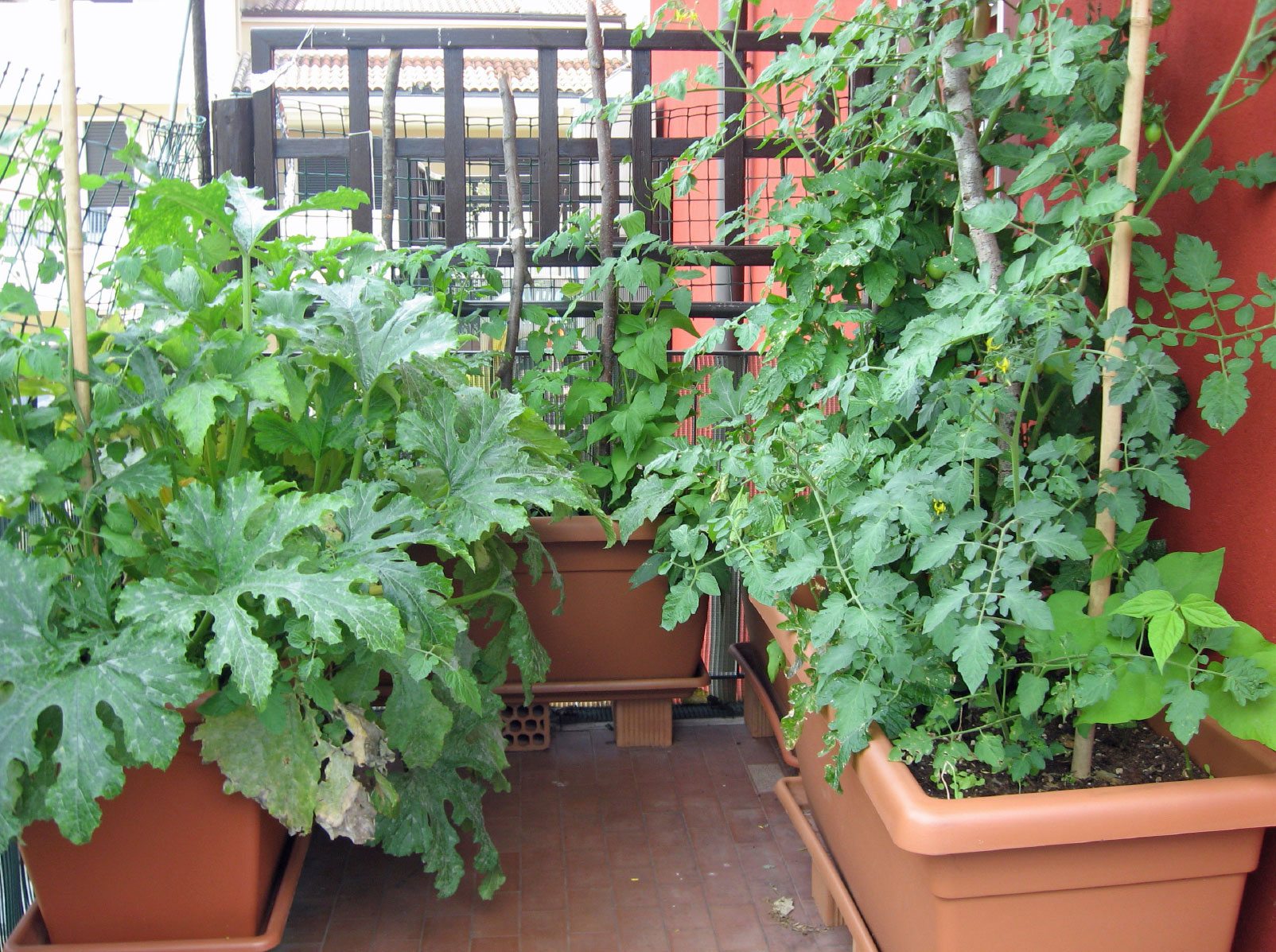A Biased View of City Blooming
Table of ContentsLittle Known Questions About City Blooming.The 7-Minute Rule for City BloomingThe Only Guide to City BloomingNot known Details About City Blooming The Single Strategy To Use For City Blooming
Fascinated in growing food for sale in the City of Chicago? Below is a list of regularly asked concerns concerning the regulations and guidelines that growers need to think about when preparing a city agriculture task.
The zoning modification does not customize any type of other codes managing composting, structure licenses, acquiring or renting City owned building, service licenses or ecological contamination. There are existing codes that control these concerns and they continue to be completely impact and might apply to your project. Neighborhood gardens are commonly owned or taken care of by public entities, public organizations or community-based companies and kept by volunteers.
Urban ranches expand food that is intended to be offered, either on a not-for-profit or for-profit basis. Due to their business function, metropolitan ranches require a business permit. Yes. An area yard is allowed to sell surplus produce that was grown on website if the sales are accessory or secondary to the yard's key purpose described above.
3 Easy Facts About City Blooming Explained
Composting is allowed yet only for plant product that is created and made use of on site. The quantity of compost product can not go beyond 25 cubic yards at any offered time according to the standards in 7-28-715 of the City's Municipal Code. Yes. Because the dirt at the majority of brand-new garden sites needs amending, garden compost, dirt, wood chips, or various other products can be gotten to create or improve the expanding area - indoor plants.

If a building authorization is needed then the hoophouse will certainly be taken into consideration an accessory structure. You can discover out even more concerning the building permit needs by contacting the Division of Buildings. The 25,000-square-foot dimension restriction is planned to stop a single community yard from dominating a given block or taking away from the block's existing household or business personality.
The restriction does not put on gardens found in Public Open Space (POS) districts. Can there be more than one area yard that is 25,000 square feet on a single block? Yes. The dimension limitation puts on individual yards, not to specific blocks. No. Fencing is not needed, nevertheless, yards that have huge auto parking locations may be needed to install fence or other landscaping attributes.
Not known Details About City Blooming
B1 & B2 areas require that all industrial use activities be carried out inside your home. R areas restrict business task. The regulations reflect the purpose and intent of the Zoning Code. Is fencing needed for city farms? Yes. Fences may be needed, along with landscape design and testing, for sure parking lot and outside work or storage locations depending upon place and the particular task occurring.
Yes. Urban farms require structure licenses and zoning approvals prior to building. Other forms of city review might be needed depending upon specific structures, activities, size, landscaping, licensing, public health and stormwater management issues. A number of these requirements are determined in the job design or allowing process, however, the applicant might be responsible to individually recognize details licenses or allows that might be called for.
Yes. The type of permit is figured out by what is happening at the website. The Department of Organization Affairs and Customer Security can help establish the details sort of organization license that's required. Yes. Off road auto parking is required for most business tasks in Chicago. The required variety of vehicle parking areas is based on the number of workers working on site and not the square video footage of the expanding space.
The smart Trick of City Blooming That Nobody is Talking About

Yes. An urban ranch can offer garden compost material generated on site, nevertheless, the procedure should adhere to the regulations in 7-28-715 of the Chicago Municipal Code. Yes. Aquaponic systems are permitted inside on metropolitan farms in several zoning areas. Nonetheless, a zoning evaluation and structure license is called for in order to set up frameworks or systems and a service certificate is needed as explained above.
As much as five hives or colonies of honey bees may be maintained as an accessory usage. Nevertheless, beekeepers have to sign up with the have a peek at this site Illinois Department of Agriculture. To learn more regarding the suggested zoning amendment you may contact the Division of Real Estate and Economic Advancement, Bureau of Preparation and Zoning at 312.744.8563.
, which takes area in rural locations at the edge of suburbs.
How City Blooming can Save You Time, Stress, and Money.
, that seek to develop social networks founded on a common principles of nature and community holism. These networks can create by way of official institutional support, ending up being incorporated into local town preparation as a "change town" motion for lasting urban growth.
Some of the first evidence of metropolitan agriculture comes from Mesopotamia.